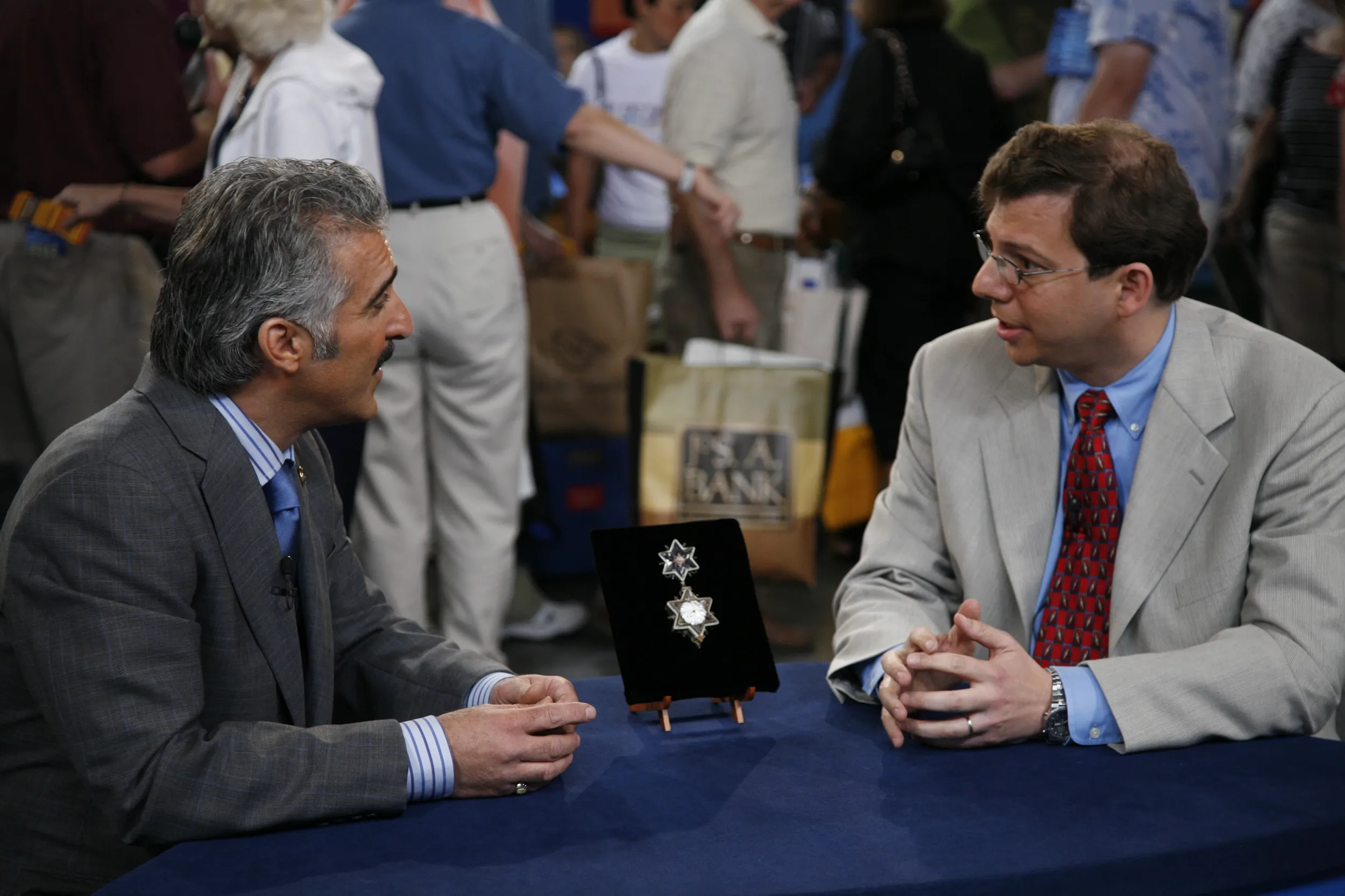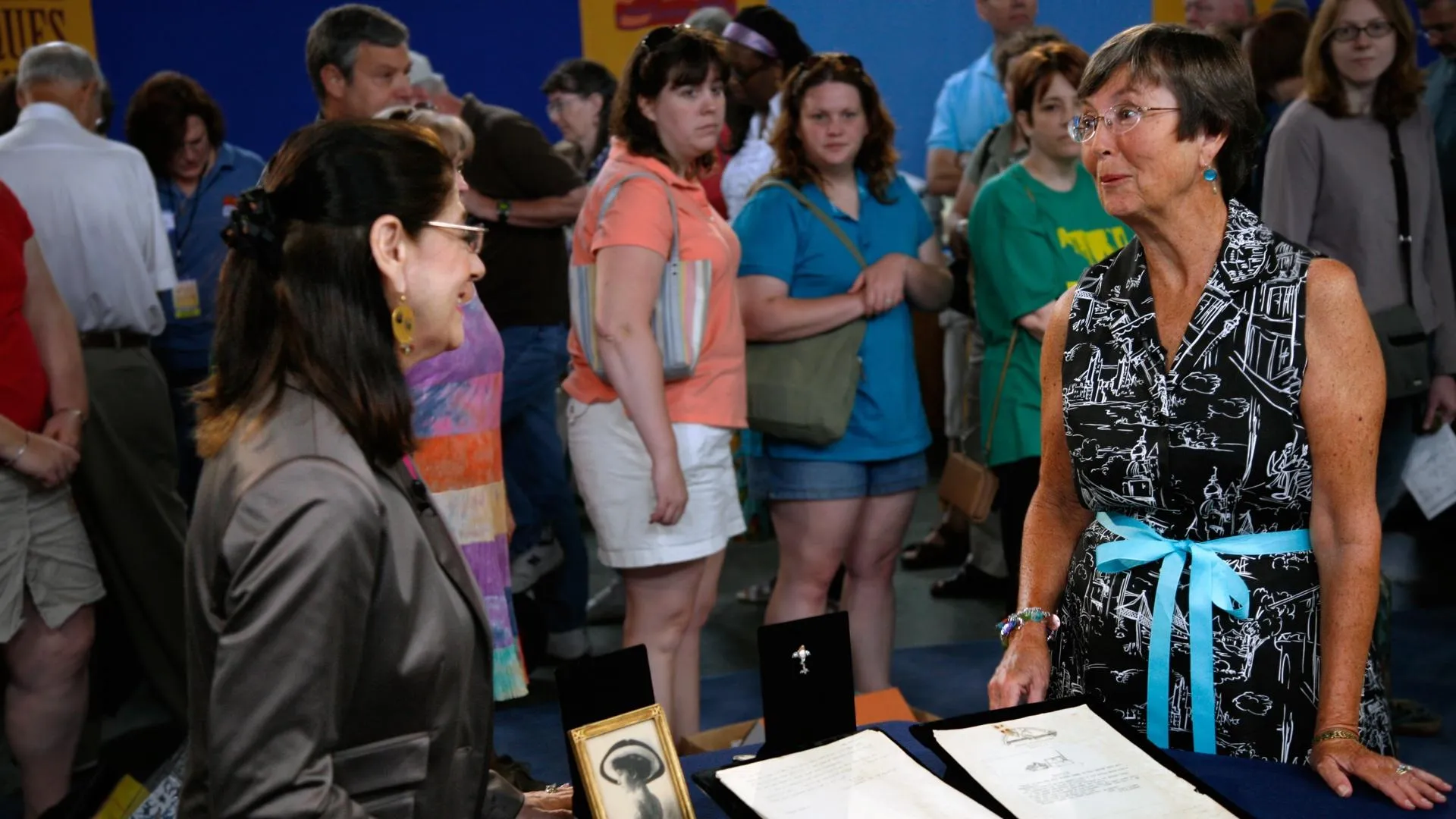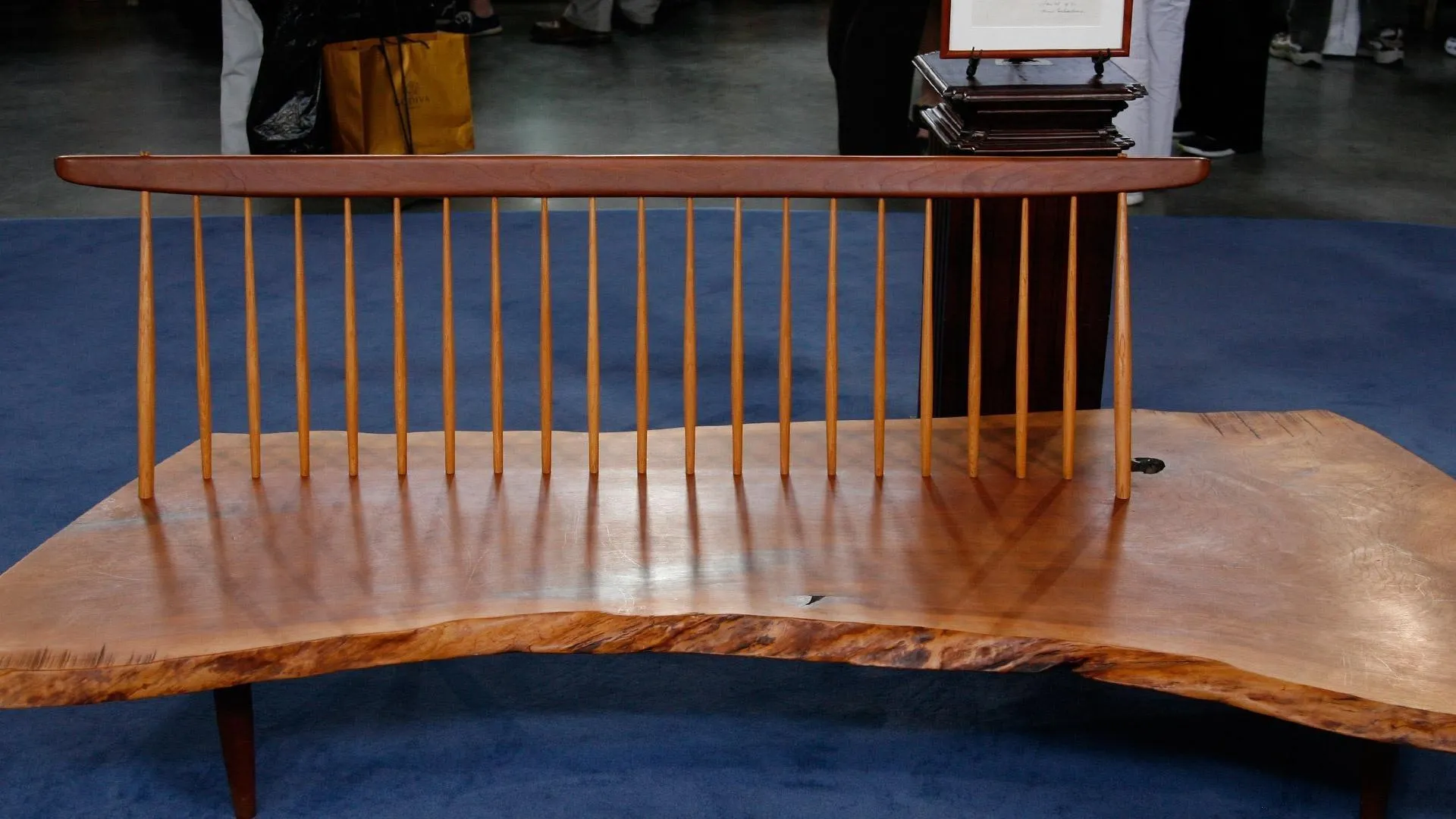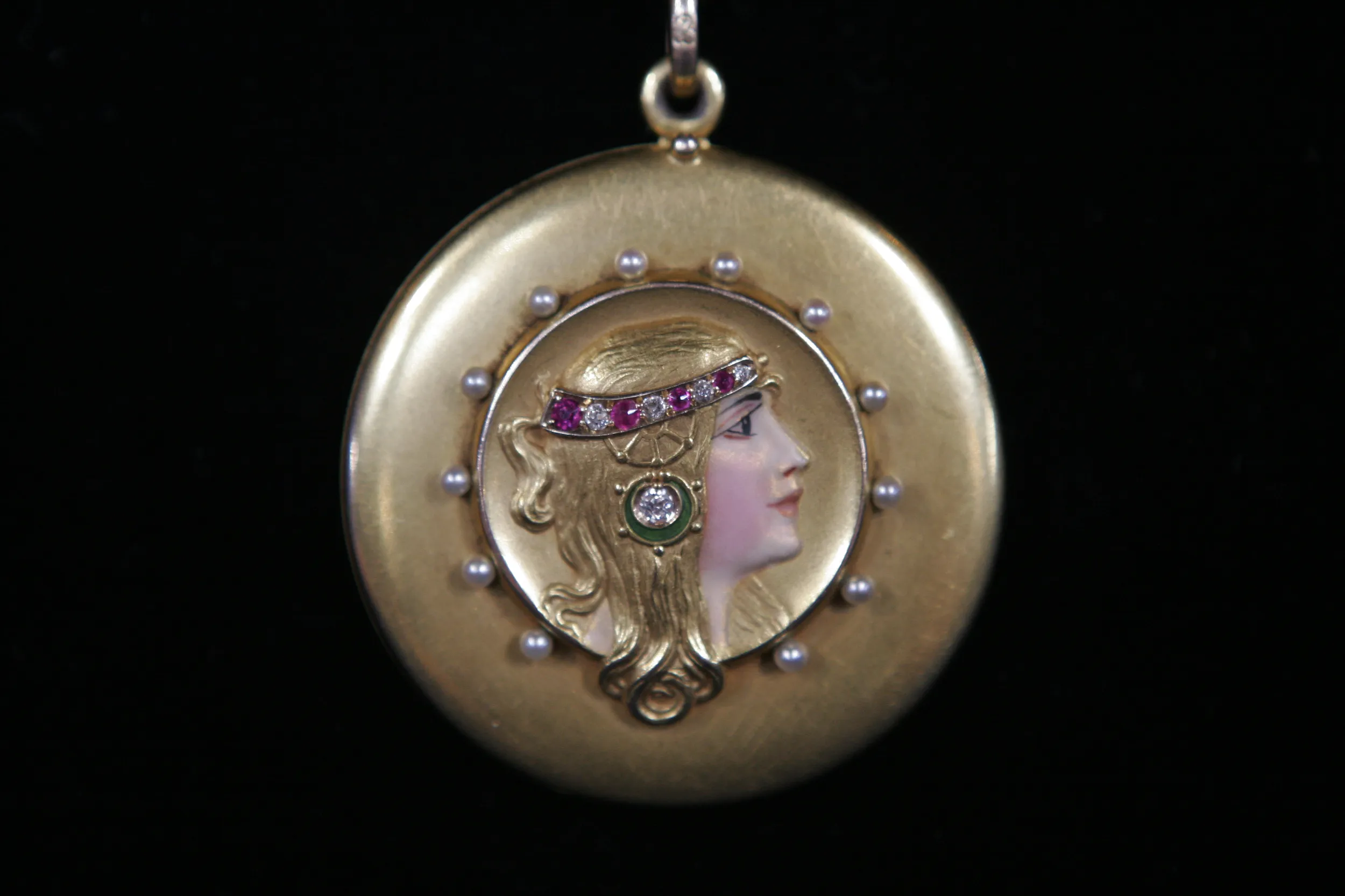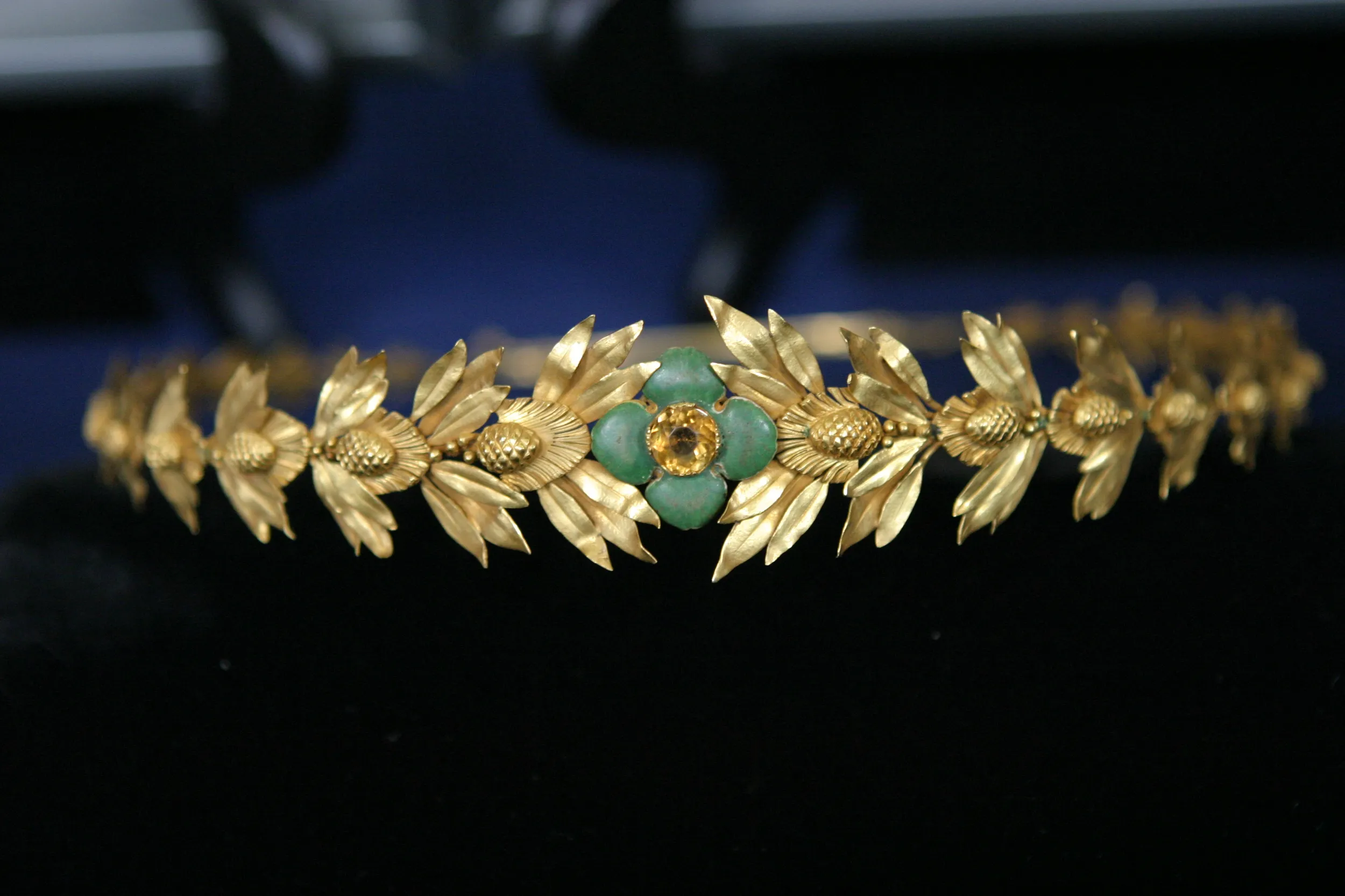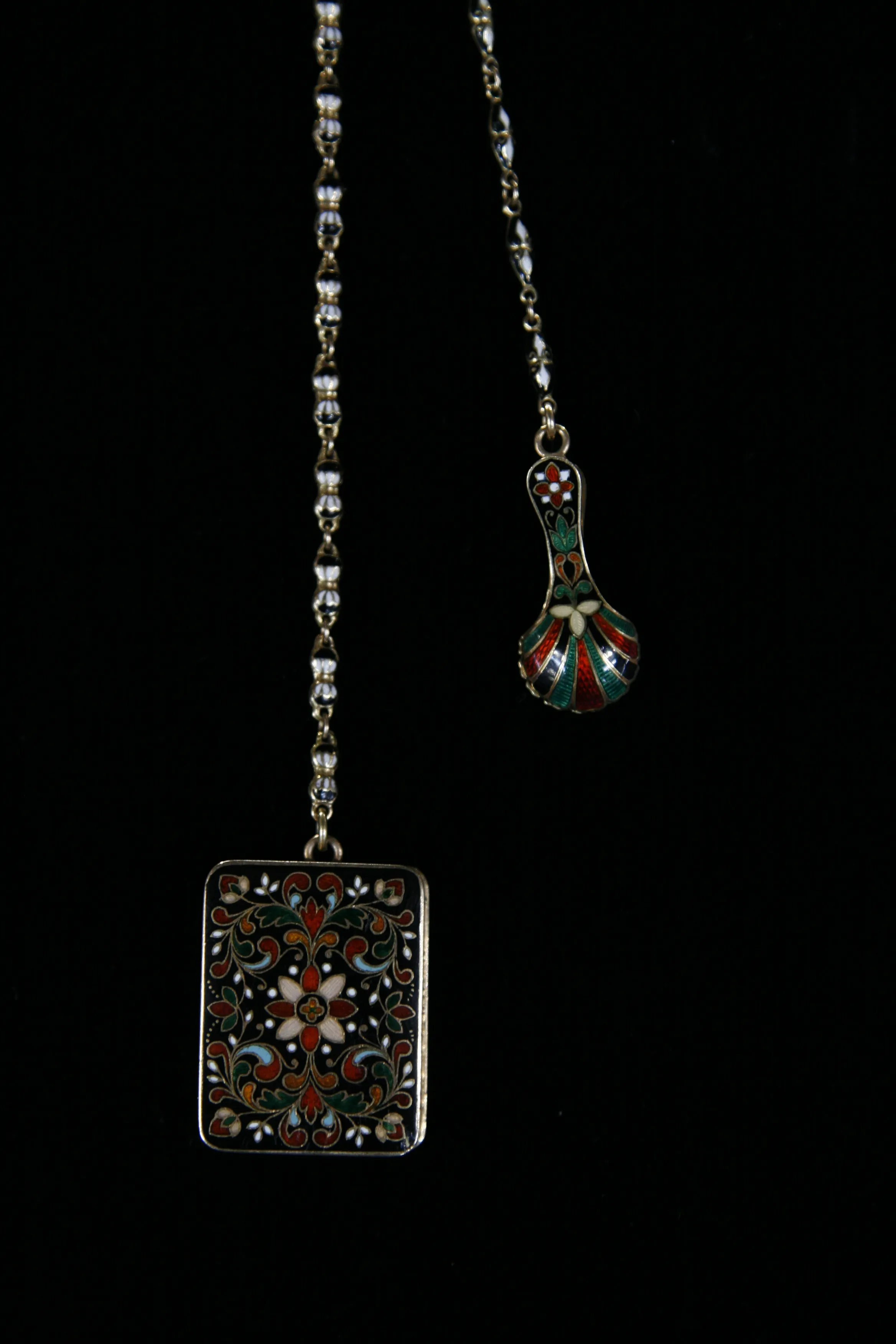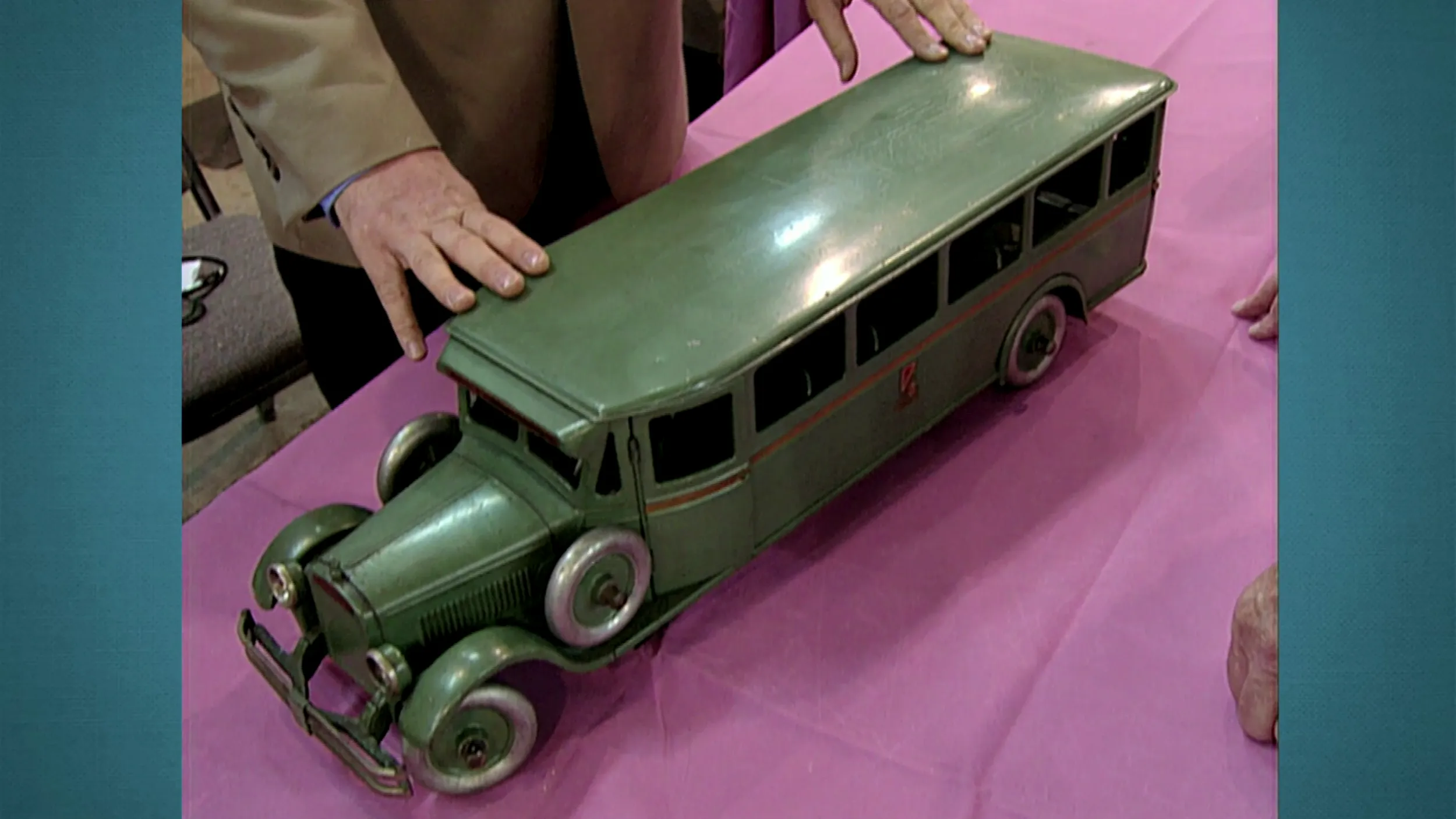GUEST: We think we have a 17th-century watch. We think it's from France, and the story in our family is, it may have actually been a remake of an earlier watch. And so we know it has some enamel on it and some silver, but that's really as much as we know about it.
APPRAISER: And when you brought it to me, there was a little bit of a mystery. I had to do a little research. First, you notice, it's very ornate. There's a lot going on there. The movement is done by a watchmaker that was out of London around 1768 through the latter part of the 1700s. So you're right on the money there, as far as the watch. But whoever put together the piece itself put it together later. Now, on the back, there's a little hook where this should be worn over a sash or on a heavy garment. This is very ornamental. The hallmark-- it's an export mark-- tells us that it was made sometime between 1891 and 1901.
APPRAISER: Now, where is it from? Not France.
GUEST: Oh.
APPRAISER: Austria-Hungary. And it's very typical of this type of enamel work done on top of silver. Beyond that, what looks like glass is not glass.
GUEST: Is it rock crystal?
APPRAISER: Is that... Yeah, that's good.
GUEST: Okay.
APPRAISER: And it's not molded. You have to start by taking a solid piece of rock crystal. And usually this was done in Idar-Oberstein, Germany. And they would sit down and hand-cut these pieces out. They actually cut a cylinder for the watch movement to fit into. They cut this top piece. They put all the facets on it. It's a lot of work. And don't think they got it right the first time. I'm sure...
GUEST: Really?
APPRAISER: ...a piece may have broken, they threw it in the pile, they had to start all over again. You can see where they had to hollow out the rock crystal.
GUEST: Right.
APPRAISER: Now, there's a lot of interest in these watches. A very strong market for this today. Probably in the neighborhood, at auction, of $20,000 to $30,000.
GUEST: Amazing, hmm. That's, that's unbelievable to hear. Does the fact that it may be a Judaic piece add any value or take any value from...
APPRAISER: It's interesting you bring that up, because it's a six-pointed star. Austria and Hungary, they used this form a lot and it didn't necessarily have anything to do with Judaica. Thanks for bringing it in.
GUEST: Thank you.

